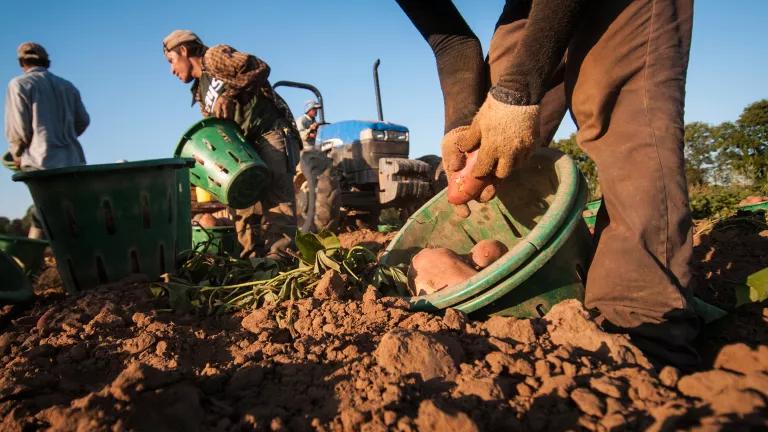
The Federal Crop Insurance Program (FCIP) is meant to protect farmers in times of weather-related devastation—like the 2012 drought that cost farmers $17.3 billion worth of crops, or the 2011 floods that caused $10.8 billion in crop damage. As the harsh realities of extreme weather slam the countryside, FCIP, intended to alleviate risk for farmers, actually drives the agricultural community toward riskier farming methods and creates less resilient land. Partially as a result of FCIP policies—which cover 70 percent of the nation's total cropland—American farming has gravitated toward brittle, loss-prone fields.
Rather than incentivizing farmers to adopt risk-mitigating farming practices, FCIP premiums are set using a formula that ignores how important healthy, regenerative farming practices—like conservation tillage, cover cropping and improved irrigation scheduling—are to farmers' risk management as they increasingly face the threats of drought, floods and other extreme weather events. Methods like no-till farming not only help soil retain moisture, but also limit erosion, improve soil health and increase a field's capacity to grow high-yield crops. Such methods offer farmers short-term protections against each season's catastrophic weather events, promote fertile fields into the future and benefit the environment.




